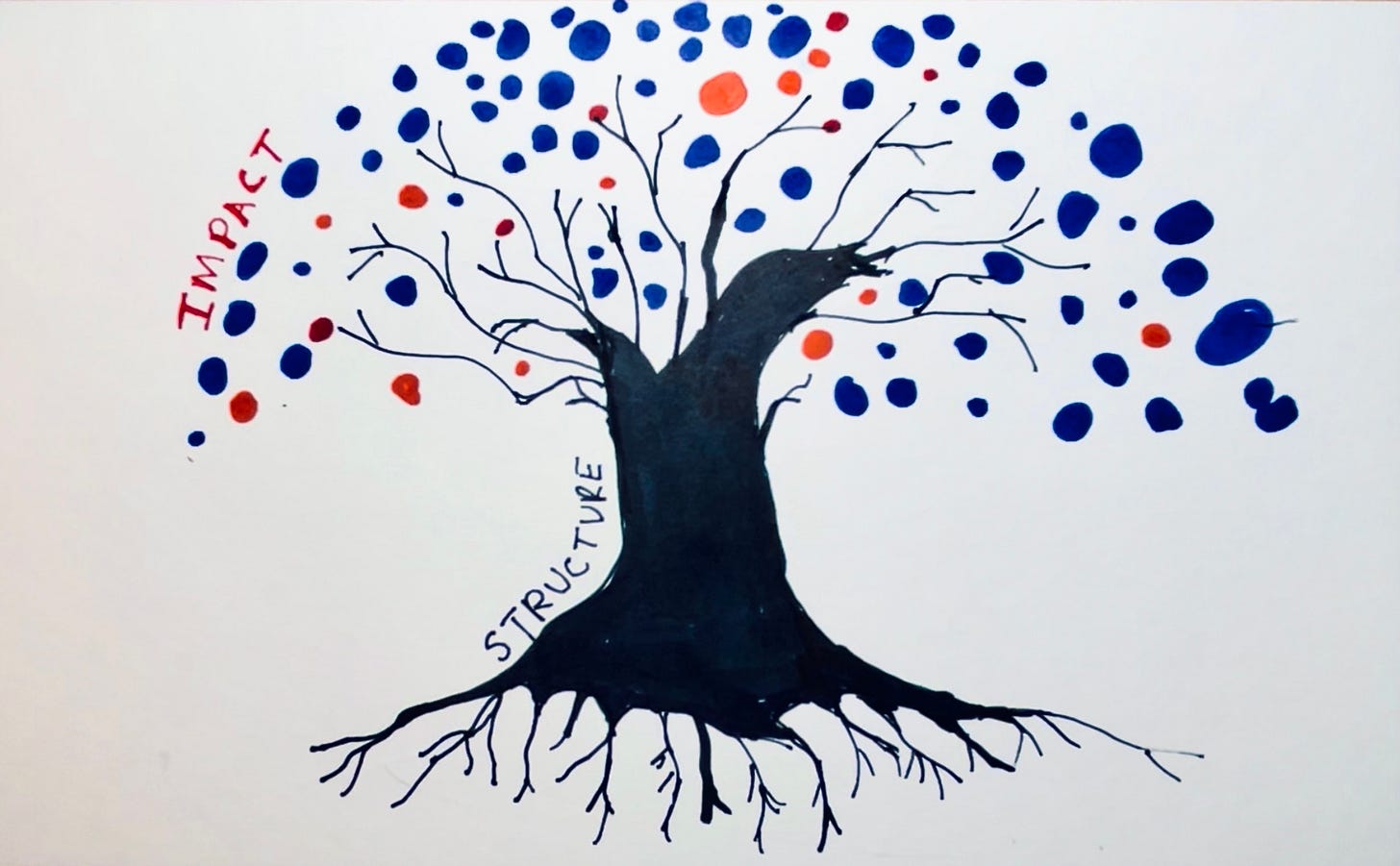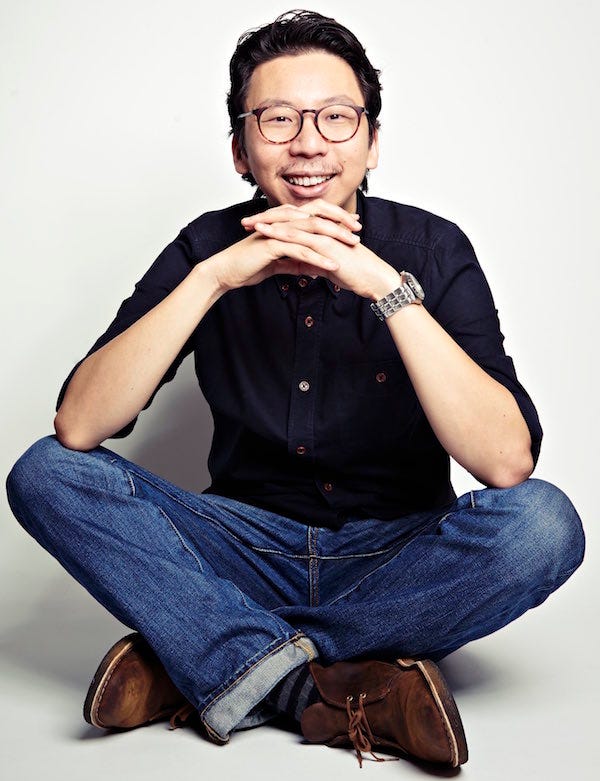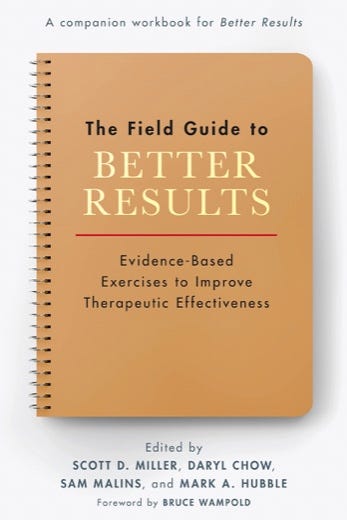Frontiers Friday #131. Structure (Part II) ⭕️
Structure creates impact. Lessons from the inside and outside of psychotherapy.
I promise that this is relevant.
The first 3 recommends goes into Netflix, music composition and documentary-making. The reason I’m sharing these is because we can learn a lot about structures.
And then we take a deep dive into how a renowned couple’s therapist structures her session.
🔖 Web-Read: Audiences Grow Weary of Stories That Never End
I’m a huge fan of Ted Gioia’s body of work on music and culture (e.g., Music: A Subversive History). He’s here on Substack too, called the Honest Broker.
Gioia’s highlights the issue about stories that collapse without closure, “the narrative arc reduced to “one damn thing after another.”
“Hollywood is so obsessed with sequels, prequels, reboots, and spinoffs that they can’t afford to let any good story come to an end.”This is one of the reasons I tell my wife that I will not watch a Netflix television series, unless I know that that there’s an ending.
I’m sharing this post because we have to think about not just how we close sessions, but also how we plan for closures in therapy.
I know therapists tend to think in terms of moving clients into “maintenance phase.” Several people in my caseload are nowhere near what we call “brief” therapy. Even then, we have to think about what it means to close a particular chapter in their journey.
Delineating closure of a particular phase in client’s lives helps to add a sense of order in the sea of chaos that often goes hand-in-hand with the healing endeavor.📽 Watch: The Rule of 3
Take a moment and step outside the Psychotherapy-land, and watch this video on music composition.
Music is the perfect example of how one creates expectations and then subverts them. This is why music that pushes too far the boundaries of our expectations might sound “too unpalatable,” (think experimental jazz) and music that plays to a formula might sound cliche (think pop jingles).
After watching this video, think about how this applies to your work in the clinical hour.
Key Grafs:
- The amount of times you should repeat the idea without over repetition.- Too much of a good thing is no longer a good thing.
📽 Watch: Why Every Johnny Harris Videos Goes Viral
I have a knee-jerk reaction when people try to sell you a “formula.” (Think about all those horrific youtube ads).
But there is something to learn from Emmy-nominated Johnny Harris and his crew who have been producing superb investigative documentaries on youtube. If you watch a handful of his videos, there is nothing formulaic about them. Instead, what you might notice about the way he structures his film ends up feeling like this is his “style” of production.
My takeaway from this explanation video and how this applies to the practice of psychotherapy:
- Structure provides guidance:
You are a guide to the process, so provide the scaffolds of a. where you are, b. where you are going, and c. why you are guiding the person to go in this direction.
- Experience before explanation:
The videographer here says, “understanding something begins with experiencing it on some level."
“Good explanation does not rest in our heads, but in a body of vivid experiences.”
- See related:
Explainoholic
Information is Not Transformation⭕️ Archives From My Desk: “I Don’t Mean to be Mean, But…”
In this article, I’d walk you through not just a way to engage in deliberate practice, but how to learn from others in structuring your work.
We take a deep analysis of a couples therapy session conducted by Esther Perel, and deconstruct the segments using a grid that I’ve devised called the Impact of Session Grid (ISG).⏸ Words Worth Contemplating:
“Great creative minds think like artists but work like accountants.”
~ journalist and author, David Brooks.
Reflection
What is your relationship with structure and flexibility in the way you conduct your sessions?
In case you’ve missed last week’s missive, feel free to go back to Structure (Part I).
Daryl Chow Ph.D. is the author of The First Kiss, co-author of Better Results, and The Write to Recovery, Creating Impact, and the forthcoming book The Field Guide to Better Results .







I loved your impact of session graph on Esther's session. She's very dynamic & it ended on a high note! What a take-away for the couple.